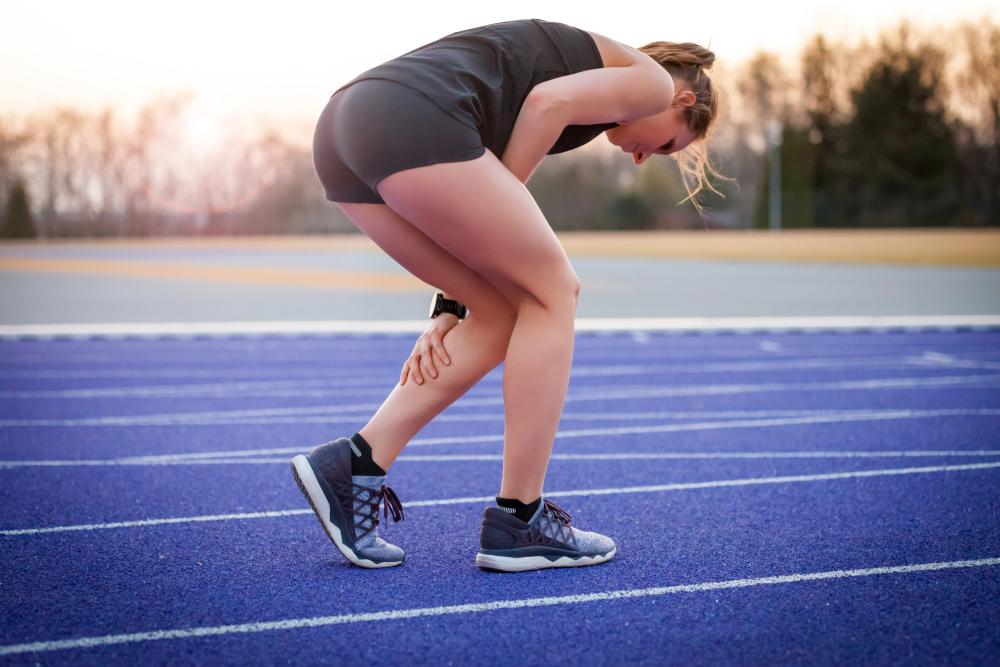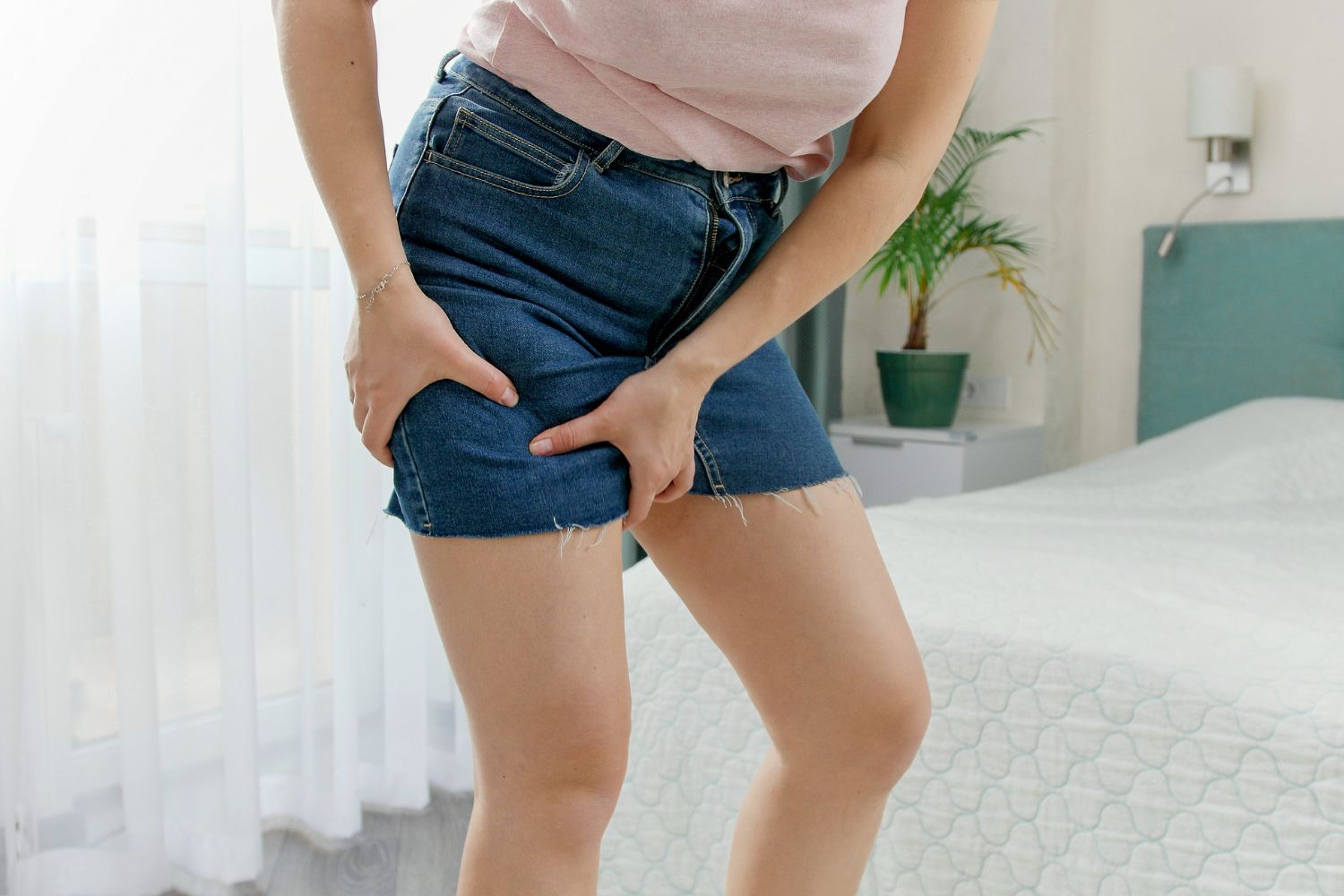When you exercise, the feeling of blood pumping through your body, fresh air in your lungs and release of serotonin and dopamine give you a great feeling. Exercise is great for you, however, muscle soreness, aches and stiffness in the days after a workout can sometimes put us off, especially when our calves get sore and make every step frustrating and painful.
Below are a few of the main reasons why calves hurt after exercise. Plus some tips on how to manage the pain and prevent it occurring again.
What do my calves hurt?
Your calf is made up of a group of muscles that connect with tendons and ligaments across your leg, as well as a network of veins and other blood vessels that transport blood up and down the leg.
While there are a number of issues that cause calf soreness, when it comes to post-exercise pain, the list is easier to narrow down.
- Muscle Strain: This occurs when some of the muscle fibres in your calves are strained or torn. This can range from a mild niggle all the way to severe pain.
- DOMS (delayed onset muscle soreness): When you overwork your muscles and push too hard, you can start to feel a pain in the muscles in the day or two after exercise. This is often confused with lactic acid build-up, which disappears almost immediately after exercise.
- Tendinitis: The Achilles tendon stretched from the base of your heel up to your calf, and if this becomes strained, it can cause pain anywhere along the tendon, as well as in the calf. If your calf pain feels localised to the lower part, it’s likely referred pain from here.
- Contusion: When exercising, you can sometimes get hit without realising, whether it’s playing sports, or accidentally kicking your calf with the back of your heel while you’re running. This can damage the blood vessels in your calf and cause the blood to spill into the surrounding tissue, causing pain and inflammation.
What can I do to stop it?
When it comes to sore calves, the two main ways to address it are treatment (managing current symptoms) and prevention (minimising risk of issues occurring). Here are some tips for both:
Treatment for calves
- R.I.C.E.: Rest the calves when they’re sore, use an ice pack on and off for the hour or two after exercise, compress them using a sleeve and keep your legs elevated while you rest.
- Gently stretch out the calf, stopping when it becomes painful.
In cases where it’s causing serious pain or chronic issues, speak to your GP or physiotherapist.

Preventing calf pain
Stretches: Some great stretches to prevent sore calves:
- Straight-leg calf stretch
- Calf rolling on a foam roller
- Downward dog
- Heel lifts/raises
- Standing hamstring stretch
Compression: Wearing compression sleeves during exercise, and compression socks after exercise,will help to stabilise the muscles, get blood flowing into the area and help the calf to recover.
Physiotherapy: A physio can help with exercises and stretches tailored to relieve and prevent your calf pain. They can also ensure your exercise form is correct.
Don’t push yourself: DOMS occurs when you over-strain your muscles, so take it easy in workouts. Rather than one big exercise, break it up into smaller easier ones.
















